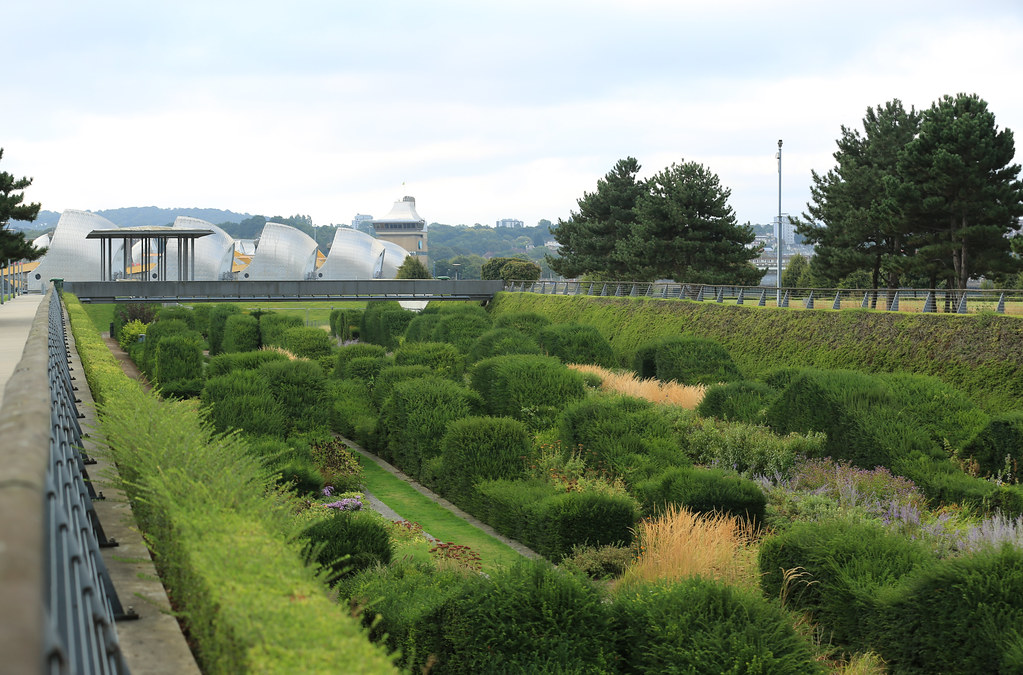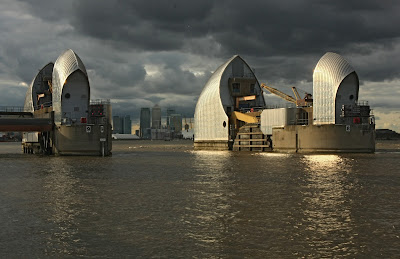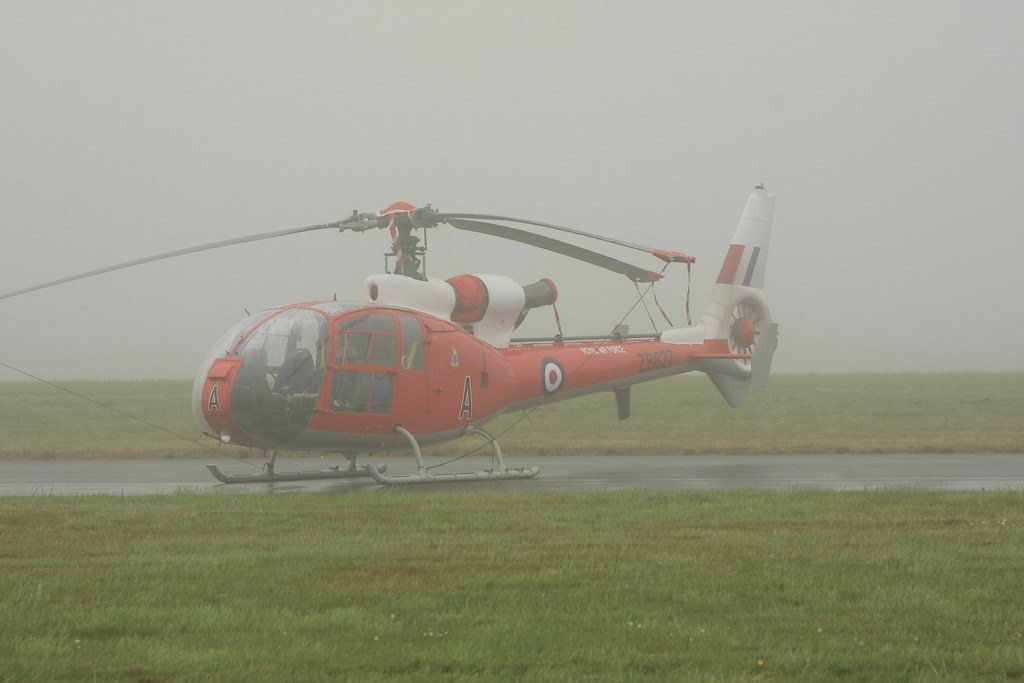1 Background
The UK Civil Aviation Authority (CAA) has reviewed its administration costs following the tragic accident at the 2015 Shoreham Air Show. It has published
CAP1373b, currently at version 2, here:
http://publicapps.caa.co.uk/docs/33/statutory%20charges%20GA%20V2.pdf
2 Finding out about it
I urge you to:
* Read it (it's only 9 pages, plus an Appendix).
* Read it again, very carefully.
* Pinch yourself.
* Ask yourself "Did it really say that" ?
As a back-covering exercise for Shoreham 2015 and a whitewash going forward, it has declared that it wasn't recovering its full costs of pushing Air Display paperwork around and is now going to recover a further £250K (for costs it is introducing) from Air Display organisers.
3 Its conclusions
A shortfall of administrative costs had previously been absorbed and was part of its total, reported operating costs.
Let's examine what that means:
* The CAA was quite content to absorb these administrative cost - otherwise it
would have brought forward proposals to recover it, years ago.
* All other UK airspace, air infrastructure and airspace management service users were paying over the odds to allow the CAA to operate the airshow sector at a loss.
4 Deadline
We have until 29 Feb 2016 to provide formal comments on CAP1373b, by completing an online form (see 8.2 below).
5 What the CAA should do with our comments
That means between 1 March (when comments close) and 1 April 2016 (when the new charging regime for the 2016/2017 season begins), the CAA, within 30 days, is going to carefully:
5.1 Scrutinise every comment submitted
5.2 Classify and prioritise every comment for consideration
5.3 Conduct its analysis
5.4 Generate a series of options as responses to the comments
5.5 Make recommendations to its policy and charging board
5.6 Amend and re-publish CAP1373b to take account of the changes accepted
5.7 Amend all the stationery that's already been printed for the forms
5.8 Change its online web presence to include the amendments based on the accepted comments.
5.9 Count the pigs flying past its Kingsway windows.
6 What the CAA will do with our comments
The CAA is going to make these charges from 1 April 2016, no matter what comments it receives to its paper CAP1373b. You know how the civil servants work:
* Don't play the ball, play the man.
* Never explain, never compromise, never apologise.
7 There's more...
And that's not all. The last paragraph on p.4 of CAP1373b version 2 essentially says that there's going to be a root and branch review of the regulations and the charges for Air Displays from the 2017/18 season going forwards.
So we can kiss goodbye to air displays in the UK from then.
8 What can we do about this ?
8.1 - Read CAP1373b and make up your own mind (I am a bit
ranty about this, as you can tell from the above).
8.2 - Whatever you think, tell the CAA on this online form BEFORE
29 February 2016
http://publicapps.caa.co.uk/modalapplication.aspx?appid=58
It gives you 6 opportunities to comment on different paragraphs of the report. If you decide to do nothing else,
please respond to the official consultation, via the link above.
8.3 - Sign Darren Willmin's petition to Parliament, here:
Ask Civil Aviation Authority to rethink their charges to the 2016 Airshow season
8.4 - Write to your MP about the matter so they know your view, when it comes to a debate:
https://www.writetothem.com/ or
http://www.parliament.uk/get-involved/contact-your-mp/
8.5 - Write to as many UK commercial aviation organisations as you can find and tell them that the CAA has been overcharging them for its services for years and to demand a refund from them. If the CAA wants to push paper around, it can push it around getting its own house in order.
8.6 - Please tell others about this page.
8.7 - After 29 February 2016, make an application to the CAA under the Freedom of Information
Act 2000, to force it to explain how much of the 8 stage
response to consultation (see 5.1 to 5.8 above) it actually carried out.
You can write to the CAA at:
Civil Aviation Authority
CAA House
45-59 Kingsway
London
WC2B 6TE
Main Switchboard: 020 7379 7311
8.8 - Procedural approaches
8.8.1 Ask the Parliamentary Public Accounts Committee to take a closer look at the charging structure of the totality of the CAA's business and examine it for value for money.
http://www.parliament.uk/business/committees/committees-a-z/commons-select/public-accounts-committee/
8.8.2 Appeal to the Equality & Human Rights Commission on the grounds that the CAA has not carried out an Equality Impact Assessment (EqIA)
http://www.equalityhumanrights.com/
8.8.3 Ask the CAA to extend its comment deadline until it has supplied you with a usable/understandable version of CAP1373b in large print, Braille, Easy Read, on audio cassette, or in your first language (Hindi, Cornish, Xhosa, Cherokee, Suomi etc).
8.9 Air Display Organisers
You are already paying your Control Tower costs for the necessary air traffic services.
Don't organise any Air Displays. Instead, organise a Fly In on the day(s) you had planned. Encourage all participants to make several Missed Approach practices (either procedural or under Radar Control). You will not need any special permissions nor low flying permits, as your visitors will not be "Low Flying" they will be making normal approaches. This should also legitimise your
penchant for bouncy castles.










